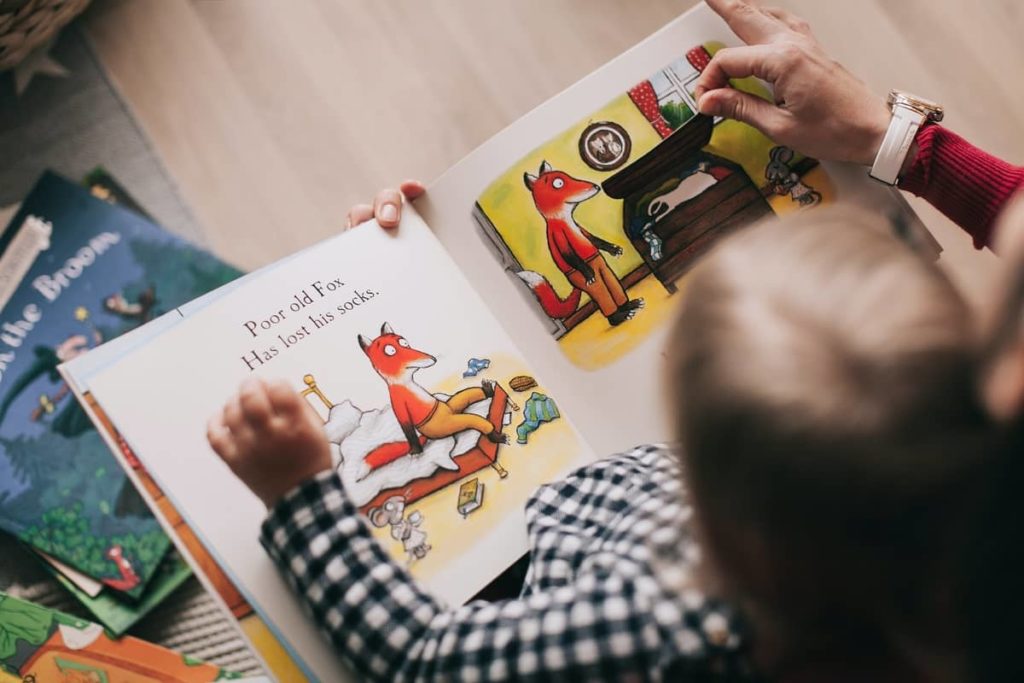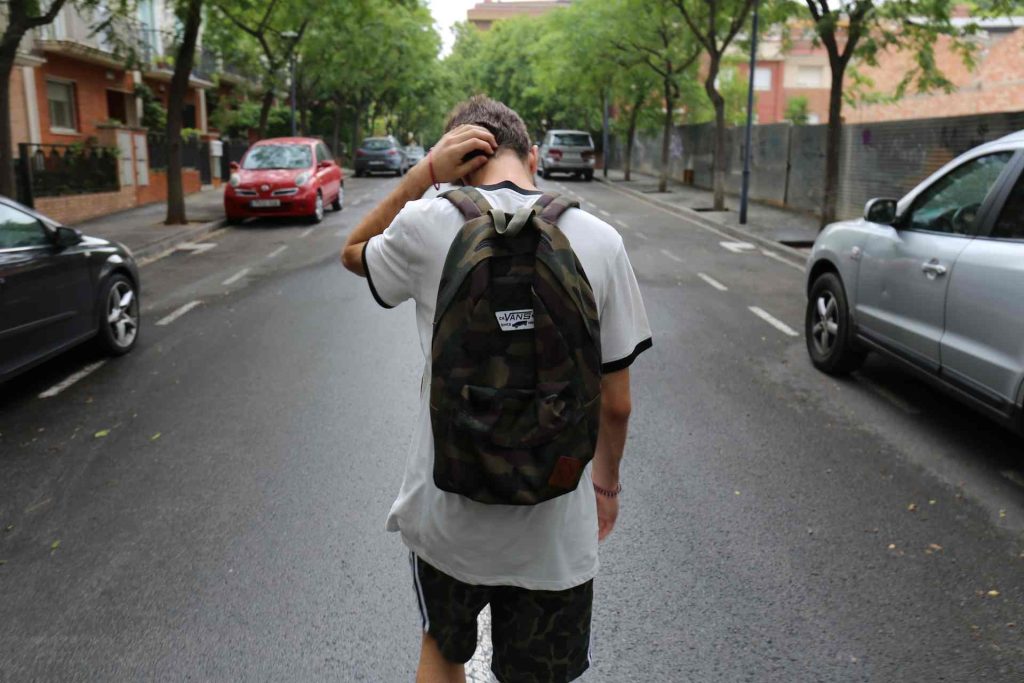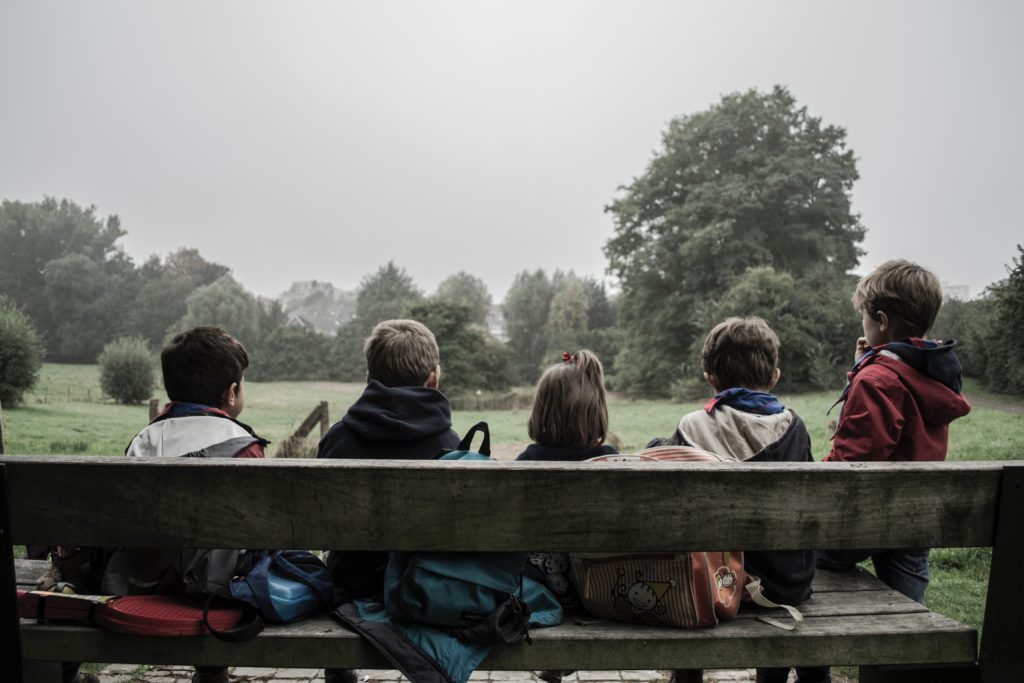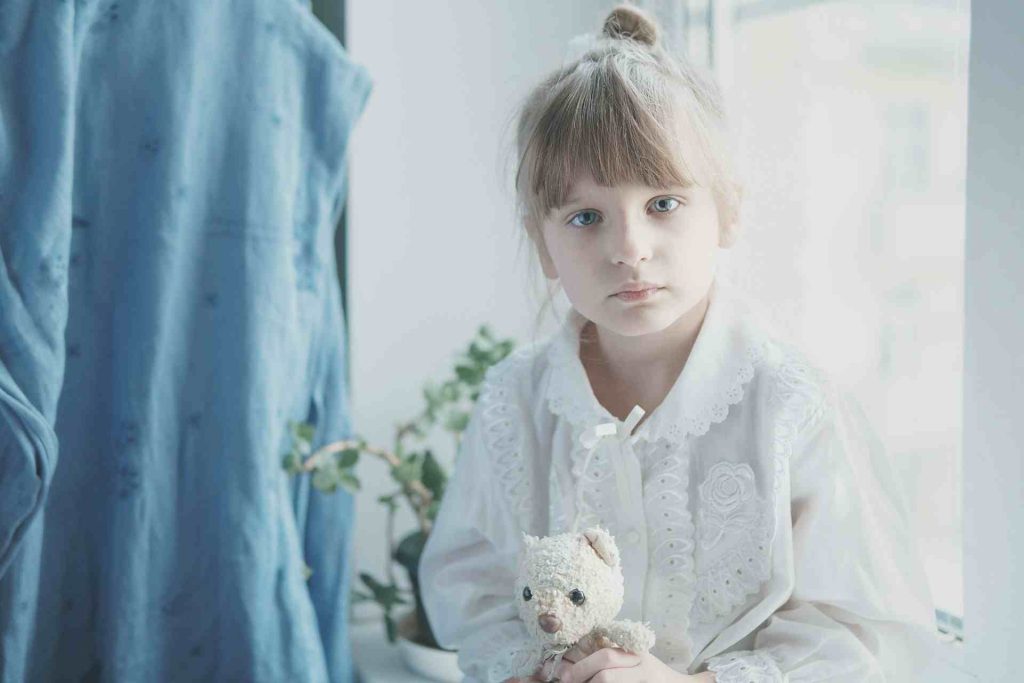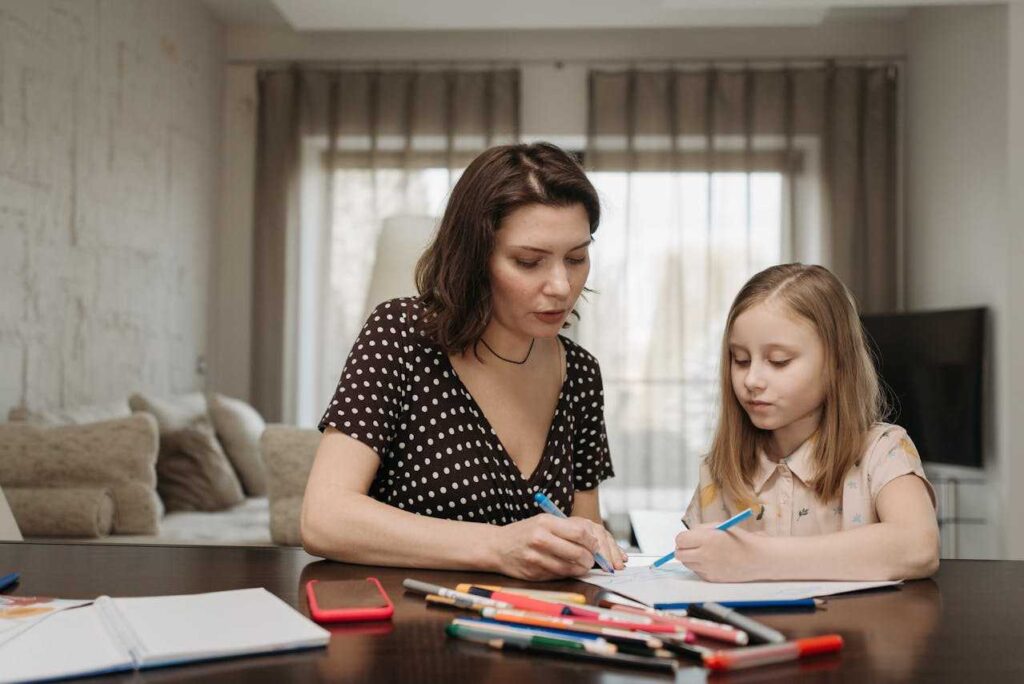Última actualización: 24 de enero de 2024
Los niños con autismo pueden presentar peculiaridades en la lectura, algunos presentando dificultades y otros una enorme facilidad.
Es importante comprender la relación entre la lectura y el autismo, ya que así podremos ayudarlos a alcanzar su máximo potencial en este habilidad.
Enseñar a leer es uno de los primeros aprendizajes académicos que se realizan en las escuelas, y aunque es un proceso complejo se espera que todos los niños y niñas lo logren con relativa facilidad.
Pero, ¿cómo ensenyar a leer a un niño con autismo? ¿es cierto que algunos niños con autismo aprender a leer solos?
Índice
En este artículo profundizaremos en todo lo que necesitas saber sobre leer y el autismo.
Explicaremos el proceso de aprendizaje de la lectura, y cómo adaptarlo a los niños con autismo.
Además, podrás descargar material gratuito para enseñar a leer a un niño con autismo, y explicaremos el fenómeno de la hiperlexia en el autismo.
📖 Proceso de aprendizaje de la lectura
La capacidad para leer no es algo que surja de un día para otro, sino que requiere un proceso de aprendizaje y el logro de distintas etapas hasta poder leer palabras o textos sencillos.
Vamos a resumir en 4 fases que consideramos los hitos más importantes en el proceso de aprendizaje de la lectura, considerando que no pasamos a la fase posterior sin antes haber adquirido la fase previa.
Estas 4 fases son iguales al enseñar a leer a un niño con autismo o a un niño sin autismo, aunque hay que tener en cuenta las particularidades de cada uno de ellos.
- FASE 1: Reconocimiento de las letras
- Fase 2: Sílabas de 2 letras
- FASE 3: Sílabas de 3 letras
- FASE 4: Lectura de 2 sílabas y de palabras
Fase 1. Reconocimiento de las letras
La primera fase sería el reconocimiento de las letras, el aprendizaje del abecedario.
Esta fase normalmente se inicia alrededor de los 2 años de edad y culmina alrededor de los 4 años, donde el niño es capaz de identificar todas las letras del abecedario.
El reconocimiento de las letras se puede enseñar a través de canciones como la canción «ABC», a través de vídeos de animación diseñados con tal objetivo, o a través de libros o de fichas del abecedario.
Normalmente para identificar la letra escrita con el sonido, ya se a través de vídeos o a través de libros o fichas, se utilizan imágenes que empiecen con la letra indicada, facilitando así el aprendizaje.
Varios ejemplos serian A de Ardilla, B de Ballena, C de Cocodrilo D de Delfín o E de Elefante, tal y como vemos en la siguiente imagen.

Como siempre decimos es importante que las imágenes sean del interés del niño y que se lo pase bien viéndolas.
Fase 2. Sílabas de 2 letras
Una vez el niño o niña ya reconoce las letras del abecedario es momento de pasar a la fase de aprender a leer sílabas de 2 letras, es decir aprender a leer dos letras juntas. Algunos ejemplos serian CA, SA, ME, LO…
En esta fase es muy común que los niños confundan el orden de las letras y que por ejemplo en lugar de leer LA, lean AL, o en lugar de leer OM, lean MO, pero no hay que preocuparse, porque son error muy habituales y parte del proceso de aprendizaje.
En la imagen que hay a continuación os dejamos con una idea muy recomendable para aprender a leer sílabas de 2 letras.
Esta actividad es especialmente útil para enseñar a leer sílabas a niños con autismo, ya que es una actividad estructurada, que permite repetirse muchas veces y que podemos utilizar dibujos motivantes y dentro de los intereses del niño con autismo.
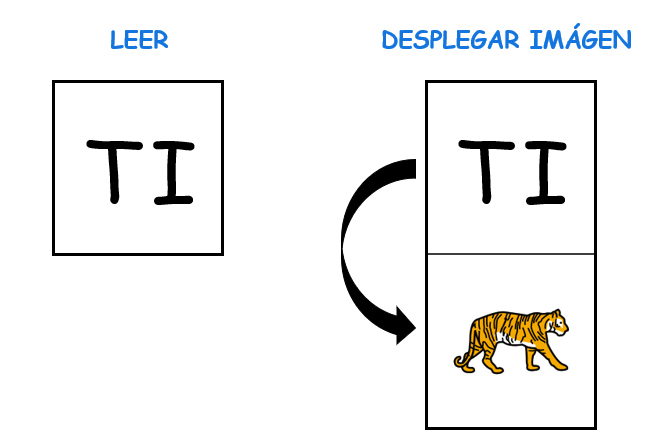
Como vemos en la imagen esta actividad es muy parecida a la del ejemplo de la fase anterior, donde aprendíamos la primera letra de la palabra (T de Tigre), pero en esta fase utilizamos dos letras, que en el caso del tigre seria TI de Tigre.
En esta fase es importante tapar el dibujo, porque sino el niño diría TI simplemente por el hecho de ver el dibujo del elefante, y no porque haya leído la sílaba.
Justo después de leer la sílaba enseñamos el dibujo que le gusta al niño, en este caso el tigre, para mantener su motivación en aprender las sílabas de dos letras.
A continuación os dejamos con más ejemplos de fichas para aprender a leer sílabas de 2 letras utilizando imágenes genéricas infantiles y también dibujos de la televisión.
Si queréis descargaros el documento lo podéis hacer clickando en el botón de «Descargar» que hay al final del archivo.
De nuevo queremos recordar que aunque podéis utilizar las imágenes que hemos puesto como ejemplo en el documento, es importante que utilicéis imágenes que sean interesantes y motivantes para el niño o niña con autismo.
Fase 3. Sílabas de 3 letras
La siguiente fase es exactamente igual que la anterior, pero pasando de sílabas de 2 letras a 3 letras.
La forma de trabajarlo es exactamente igual que la anterior, pero simplemente añadiendo una letra más.
A continuación os dejamos un documento exactamente igual que el de la frase previa pero con sílabas de 3 letras.
Es muy importante que antes de pasar a esta fase el niño o niña tenga la lectura de sílabas de 2 letras adquirida y consolidada.
Si pasamos a la lectura de sílabas de 3 letras sin antes dominar la de 2 probablemente estaremos exigiendo demasiado al niño o niña con autismo, y es posible que se frustre y pierda motivación por el aprendizaje de la lectura.
Fase 4. Lectura de 2 sílabas y de palabras
Una vez dominamos las sílabas de 2 y 3 letras es momento de pasar a aprender a leer palabras de 2 sílabas.
Es importante empezar con palabras de 2 sílabas, y una vez adquirido este paso podemos introducir palabras de 3 sílabas o más.
Como siempre decimos hay que empezar por palabras faciles y poco a poco añadir palabras más complejas.
Por lo tanto al enseñar a leer palabras de 2 sílabas es interesante empezar con palabras compuestas por sílabas fáciles como Casa (CA-SA) o como Pato (PA-TO) en lugar de palabras con sílabas más complejas o sílabas de más letras.
👍 Enseñar a leer a un niño con autismo
En el proceso de enseñar a leer a un niño con autismo, es esencial reconocer la singularidad de cada individuo.
Cada niño tiene su propio conjunto de fortalezas y desafíos, y la enseñanza debe adaptarse a sus necesidades específicas.
De forma general, los niños con autismo seguirán las mismas fases del proceso de aprendizaje de la lectura que los niños neurotípicos.
Pero sí que es cierto que existen estrategias para adaptar la enseñanza a las características de los niños con autismo.
A continuación, exploraremos algunas estrategias personalizadas que pueden ser efectivas para niños con autismo en el aprendizaje de la lectura.
- Utilizar sus intereses personales
- Uso de apps y dispositivos electrónicos
- Entorno y enseñanza estructurada
- Adaptación de materiales
- Reforzamiento positivo
- Colaboración con profesionales del autismo
- Paciencia y flexibilidad
Utilizar sus intereses personales
Identificar y utilizar los intereses especiales del niño puede ser una herramienta poderosa.
Si el niño muestra fascinación por ciertos temas o actividades, incorporar estos elementos en las lecciones puede aumentar la motivación y la participación.
Uso de apps y dispositivos electrónicos
La tecnología puede ser una aliada valiosa en la enseñanza de la lectura para niños con autismo.
Aplicaciones educativas interactivas, juegos digitales centrados en la lectura y recursos multimedia pueden ser herramientas efectivas para hacer que el aprendizaje sea más atractivo y adaptado a sus preferencias.
Existen infinidad de apps y vídeos para el aprendizaje de la lectura, y con ellos conseguiras incrementar la motivación del niño hacia la lectura.
Entorno y enseñanza estructurada
Un entorno estructurado y predecible puede ayudar a crear un ambiente propicio para el aprendizaje.
Establecer rutinas claras y proporcionar instrucciones consistentes contribuyen a la comodidad y seguridad del niño, permitiéndole centrarse mejor en las actividades de lectura.
Puedes aprender más en los cursos online gratuitos sobre autismo de la Academia Espacio Autismo.
Adaptación de materiales
Personalizar materiales educativos es fundamental.
Ajustar la complejidad de las palabras, utilizar imágenes con las que el niño se identifique y crear actividades táctiles o interactivas puede facilitar la comprensión y retención del contenido.
Reforzamiento positivo
La implementación de refuerzo positivo es crucial.
Celebrar los logros, por pequeños que sean, refuerza la conexión positiva con el aprendizaje.
Esto puede incluir el elogio, recompensas específicas o tiempo para participar en actividades preferidas después de completar las tareas de lectura.
Colaboración con profesionales del autismo
Trabajar en estrecha colaboración con profesionales especializados en el área de autismo puede proporcionar estrategias adicionales y apoyo.
Estos profesionales pueden ofrecer orientación sobre cómo adaptar las lecciones según las necesidades individuales del niño.
Paciencia y flexibilidad
La enseñanza de la lectura puede ser un proceso gradual, y es esencial ser paciente y flexible.
Adaptarse a los ritmos de aprendizaje del niño y ajustar las estrategias según sea necesario permite un desarrollo más efectivo de sus habilidades de lectura.
👩🏫 Enseñar en situaciones cotidianas
Cuando queremos enseñar habilidades académicas como podría ser la lectura o la escritura solemos pensar en hacerlo a través de actividades tipo fichas, actividades que los adultos preparan y los niños realizan.
Pero cualquier habilidad que queramos enseñar a un niño o niña, tenga o no autismo, lo podemos hacer también a través de actividades cotidianas del día a día. Actividades que surgen y que no las preparamos previamente.
Este tipo de enseñanzas a través de las situaciones que surgen de forma natural es llamado aprendizaje incidental y también puede ser aplicado en la enseñanza de la lectura.
Por lo tanto, aparte de preparar actividades como las mencionadas en este artículo es importante también aprovechar situaciones naturales para enseñar la lectura.
Esto lo podemos hacer cuando estamos leyendo libros, ayudando al niño a identificar las letras o las sílabas.
Mientras comemos, si el plato infantil tiene letras, podemos aprovechar para enseñarselas. Mientras vamos por la calle, si vemos letras, se las podemos ir leyendo, etc.
⭐ Hiperlexia: Niños con autismo que aprenden a leer solos
Por último queremos mencionar que aunque hay algunos niños con autismo y con discapacidad intelectual que debido a sus capacidades cognitivas no aprenderán nunca a leer, también hay un grupo de niños con autismo con capacidades cognitivas preservadas que incluso pueden aprender a leer solos.
El fenómeno de aprender a leer solo y mostrar gran facilidad por la lectura es denominado hiperlexia.
Algunas personas con autismo muestran un interés muy potente para las letras y la escritura, y esto sumado a la gran capacidad de memoria visual que pueden tener hace que aprendan a reconocer las letras por si solos.
Algunas de estas personas incluso empiezan a unir letras sin que ningún adulto les enseñe hasta llegar al punto de empezar a leer palabras sencillas.
El hecho de que algunas personas con autismo no podrán aprender a leer nunca y otras lo hagan de forma precoz y por su cuenta es otro ejemplo de la gran diversidad que existe dentro del autismo y pone de manifiesto que el autismo es un espectro muy grande.
🔵 CONCLUSIONES
En la enseñanza de la lectura a niños con autismo, es fundamental comprender y adaptar el proceso de aprendizaje a las necesidades individuales de cada niño.
A lo largo de las cuatro fases del aprendizaje de la lectura, desde el reconocimiento de letras hasta la lectura de palabras, es esencial considerar las particularidades de cada niño, ya que algunos pueden presentar dificultades, mientras que otros demuestran una gran facilidad.
La personalización de la enseñanza, aprovechando los intereses individuales del niño, utilizando tecnología, y creando un entorno estructurado y predecible, son estrategias clave.
La adaptación de materiales, el refuerzo positivo y la colaboración con profesionales del autismo son herramientas valiosas para facilitar el proceso de aprendizaje.
Es importante destacar la diversidad dentro del espectro del autismo, ya que algunos niños con autismo pueden aprender a leer solos, mostrando el fenómeno de la hiperlexia.
La paciencia, la flexibilidad y la integración de la enseñanza en situaciones cotidianas son elementos esenciales para un desarrollo efectivo de las habilidades de lectura.
En resumen, la enseñanza de la lectura a niños con autismo requiere un enfoque individualizado, adaptado a las fortalezas y desafíos de cada niño, reconociendo la diversidad única que caracteriza al espectro del autismo.
📚 Bibliografia sobre «leer en el autismo»
Más artículos
